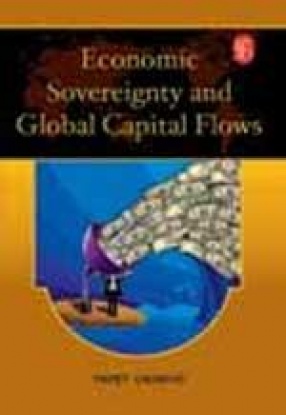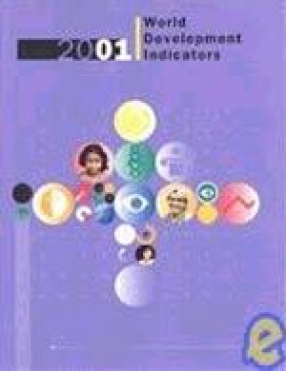This book Economic Sovereignty and Global Capital Flows has three parts. The first part treats financial liberalization, analysing its development, the opportunities and risks involved in financial globalization, fundamental problems within the international financial system, and the consequences of financial liberalization and globalization, drawing on standard studies in the field. The second part addresses the theoretical basis of contemporary monetary policy, how financial asset prices affect economic policy implementation, basic controversies regarding exchange rate policy, and the interdependence of exchange rate, monetary, and fiscal policy under conditions of free capital movement. The third part presents a review of the results of economic development in a sample of 122 countries, between 1980 and 2004. The methodological basis for the analysis is a national Wealth Coefficient, which expresses the ratio of a country’s share in world GDP to its share in world population. As GDP growth does not necessarily have a sound economic basis, the data from the 20 countries with the highest rates of Wealth Coefficient growth was supplemented by data on GDP, foreign debt, foreign reserves, and import-export ratios to allow conclusions to be drawn regarding the sustainability of relative prosperity growth in high-growth economies. Finally, growth rate data was compared to the speed of financial liberalization and openness to international capital flows. Comparison of Wealth Coefficient growth rates with the dynamics and degree of financial liberalization allowed conclusions to be drawn regarding financial liberalization’s impact on economic policy’s real results.
Economic Sovereignty and Global Capital Flows
In stock
Free & Quick Delivery Worldwide
Bibliographic information
Title
Economic Sovereignty and Global Capital Flows
Author
Edition
1st ed.
Publisher
ISBN
9788131414606
Length
276p.
Subjects





There are no reviews yet.